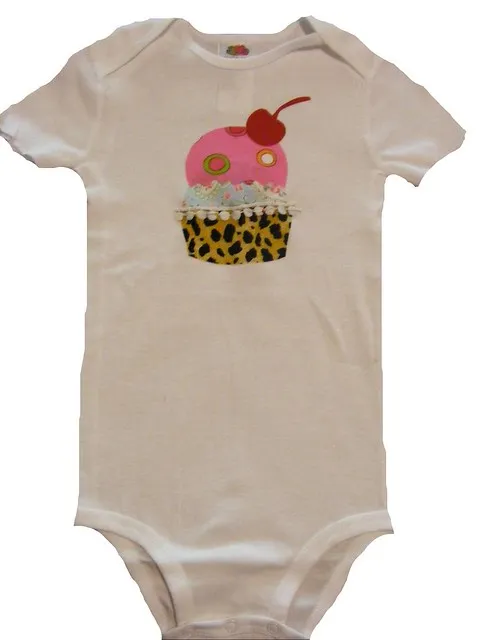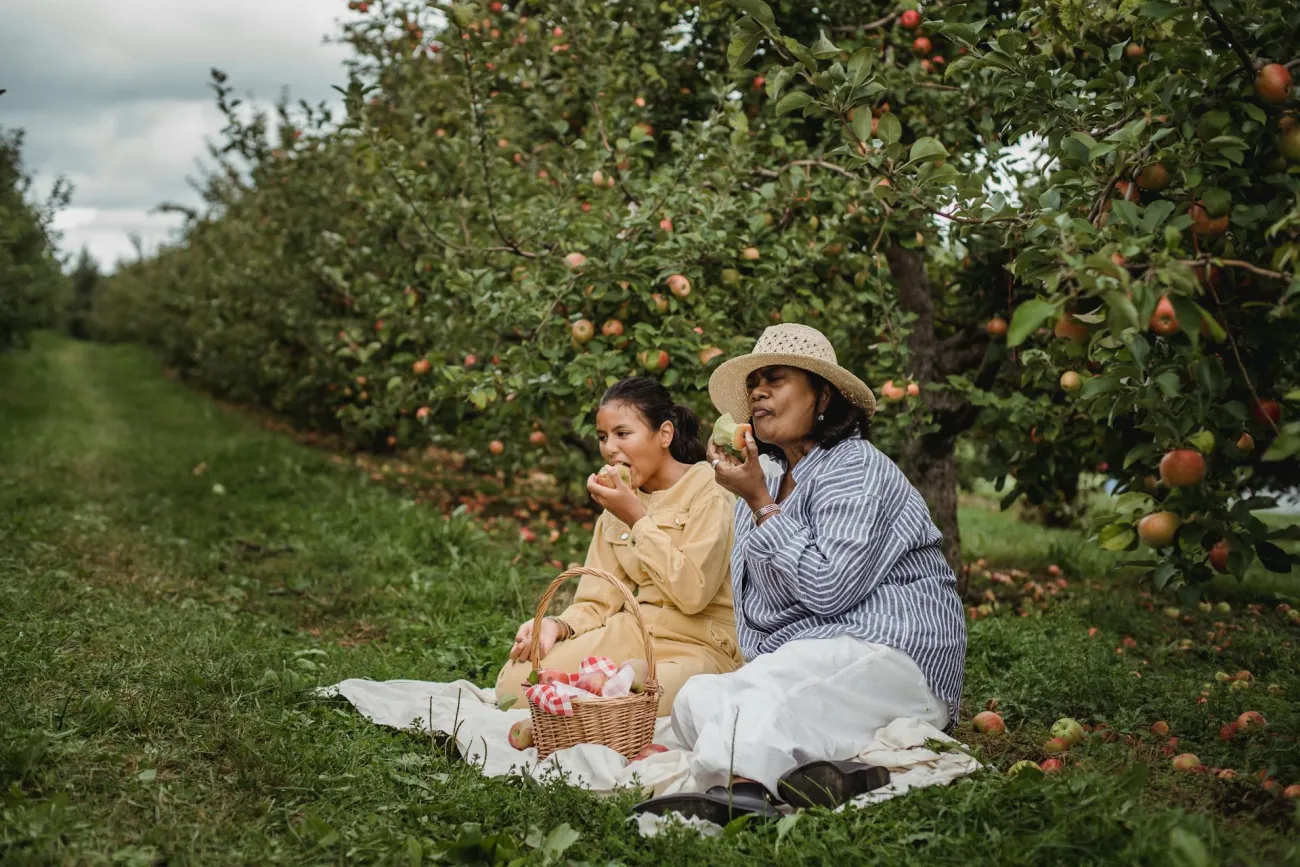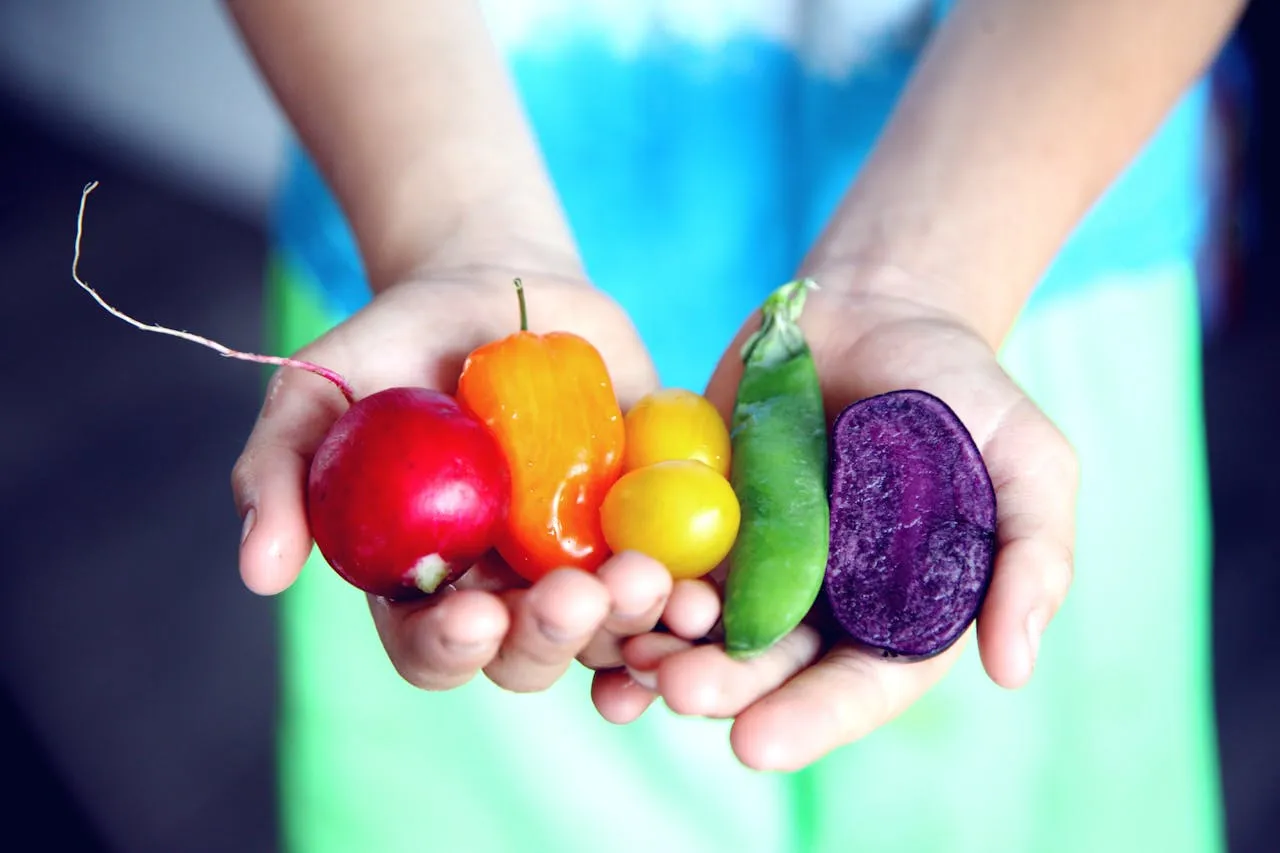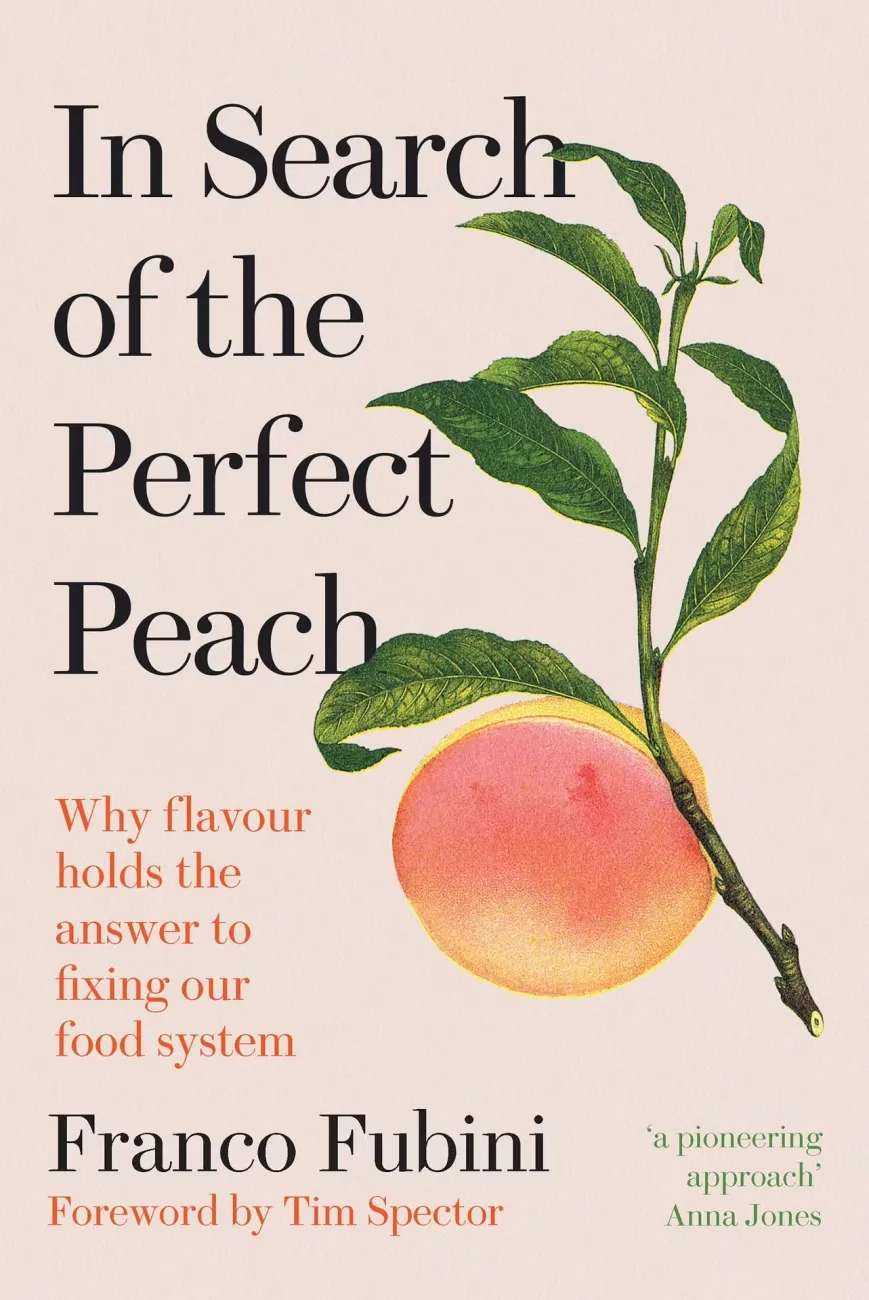This paper analysed thousands of items of children’s clothing and found that many feature images of food - particularly on girls’ clothing - and that those images often depict unhealthy food types.

The image below shows examples of the clothing items analysed.
 Image: Figure 1, Pesch et al. Illustrative examples of food-graphic apparel.
Image: Figure 1, Pesch et al. Illustrative examples of food-graphic apparel.
8% of the 3870 items assessed depicted food. Out of these, twice as many were on girls’ clothing as were on boys’ clothing. 72% of clothes depicting food showed foods that were coded by the researchers as unhealthy or as foods that should be consumed only in moderation, for example pizza, pastries or fast food. One third of the food graphics also linked food to the concept of “having fun” (for example, a pizza slice riding a skateboard). Only five items showed vegetables.
The authors suggest that food images on clothes, together with “cartoon figures, colourful graphics, and catchy sayings”, might encourage both children and parents to favour certain food types, possibly establishing eating patterns that could persist into adulthood.
Food images on girls’ clothes were more likely to show sweet food types such as frozen desserts, pastries or fruit, whereas boys’ clothes were more likely to depict salty food types such as pizza or fast food. Since studies show that boys are in fact more likely than girls to prefer sweet foods over savoury foods, the authors suggest that the higher prevalence of sweet foodstuffs on girls’ clothing might instead reflect cultural expectations about girls’ behaviour, namely that girls are expected to behave “sweetly”.
Abstract
Objective
Recent trends in children's fashion have featured food-graphics on children's apparel. Little attention has been paid to the food-graphic content of children's apparel. The objectives of this study were to describe and quantify food-graphics appearing on children's apparel, to examine characteristics of children's apparel items associated with the presence versus absence of food-graphics, and to examine gender differences in food-graphics.
Methods
A content analysis of food-graphics on children's apparel from major apparel retailer websites was performed. Images of food-graphic apparel were reliably coded for food-graphic categories. Multivariable analyses examined the association of apparel item characteristics with food-graphic presence. Bivariate analyses tested the association of presence or absence of each food category with gender of apparel item.
Results
Of the 3870 apparel items coded, 8.2% (318) had food-graphics. In multivariable analysis, food-graphics were more likely to be present on girls' (versus boys') apparel (RR = 1.73, 95% CI 1.34–2.12). Content analysis of food-graphic items revealed categories including “pastries”, “frozen desserts”, “pizza”, “fast food”, “fruit”, and “love of food”. Girls' (versus boys') food-graphic apparel was more likely to have categories of “pastries” (33% versus 12%), “frozen desserts” (20% versus 9%), and “fruit” (30% versus 11%) and less likely to have categories of “pizza” (9% versus 30%), and “fast food” (3% versus 23%). The “love of food” category did not differ by gender. All p-values ≤.01.
Conclusions
Food-graphics on children's apparel are fairly common, especially on apparel marketed for girls. Children's apparel may represent a novel cultural influence on children's eating and food perceptions.
Reference
Pesch, M.H., Munzer, T., Pont, C.M., Lauer, C.S. and Appugliese, D.P., 2019. Donuts on our daughters: Gender differences in food categories on children's apparel. Eating behaviors, 34, p.101303.
Read the full paper here. See also the Foodsource resource What are the influences on our food choices?




Comments (0)